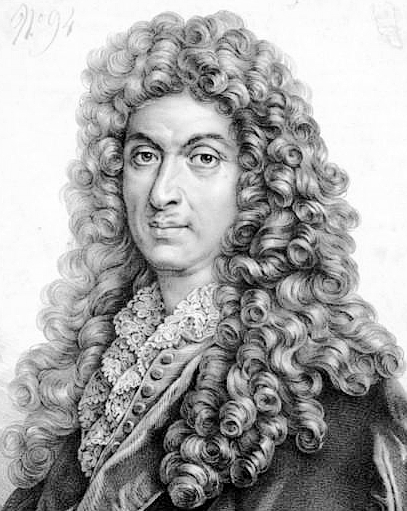About Jean-Baptiste Lully
Jean-Baptiste Lully (1632-87) was brought to France in 1646 from Florence by Roger de Lorraine (1624-53). Lully worked as one of the three garçons de chambre in the household of Mademoiselle de Montpensier (Lorraine’s niece) for six years, during which he became famous as a fine guitarist, dancer and violinist. In 1653 Lully was dancing next to the king for the first time in Ballet de la Nuit and was then appointed compositeur de la musique instrumentale du Roi. In 1661 he was appointed surintendant de la musique et compositeur de la musique de la chambre, and received letters of naturalization from Louis XIV. In 1664 he was further appointed maître de la musique de la famille royale. The same year, he consolidated his position by marrying the daughter of Michel Lambert, in the presence of Louis XIV, Anne of Austria, and Colbert (the Minister of Finances) and his wife.
To contemporary ears, Lully’s stage works opened a new style of composition with distinctive national features. His musical works are distinguished by qualities of being natural, graceful, elegant, charming, delicate, sweet, noble, and above all, expressive. Madame de Sévigné, a sophisticated and aristocratic judge, was particularly moved after attending a rehearsal of Alceste, writing to her daughter in a letter (dated 8 January 1674) that ‘il y a des endroits de la musique qui ont mérité des larmes. Je ne suis pas seule à ne les pouvoir soutenir, l’âme de Mme de Lafayette en est alarmée’. [My translation: there are places in the music that brought tears to my eyes. I was not the only one who was touched, as the soul of Mrs. de Lafayette was also stirred.]
With the possible exceptions of Alceste and Isis, all of Lully’s operas were overwhelmingly applauded, both at court and in Paris. Those who criticized operas, whether on musical or on moral grounds, were readily silenced by the results of the box office. Between 1672 and 1687 Lully created a new work virtually every year. More than half of these were first staged at court before being presented to the public in Paris. In the Académie, two or three works were staged during each season. There were usually three performances every week, with additional performances on Thursday. Season tickets were available, and opera fanatics were reported to have seen the same opera two or even three dozen times.
In the course of his extraordinary career Lully, with the help of his patron Louis XIV, institutionalized French opera as a national art form. He is rightly credited with having laid the foundation for the French school of orchestral playing and his style of composition became an inspiration throughout northern Europe.





